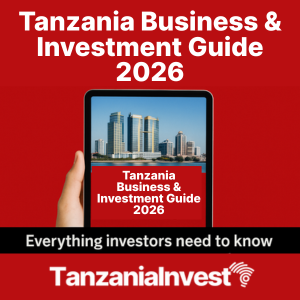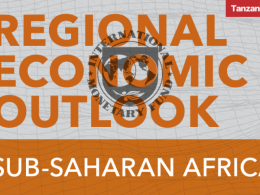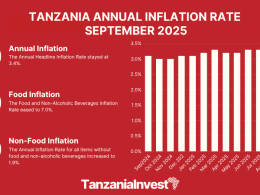Tanzania’s external debt stock increased by USD7.8m in October 2016, reaching USD16,407.6m from USD16,399.9m in September 2016.
This was indicated in the Bank of Tanzania (BOT) Monthly Economic Review for November 2016 recently released.
External debt is the portion of the country’s total debt that is owed to creditors outside of the country. The debtors can be the government, corporations or private households.
Central government debt increased by USD11m in October 2016, reaching USD13,282.9 and representing 81% of Tanzania’s total external debt.
Private sector debt increased by USD1.9m in October 2016, reaching USD2,727.5m and representing 16.6% of the total external debt of Tanzania.
Public corporations debt decreased by USD5.1m to USD397.2m in October 2016, which represents 2.4% of Tanzania’s total external debt.
According to the International Monetary Fund (IMF), Tanzania maintains a sustainable debt level, qith the country facing a low risk of external and domestic public debt distress.










